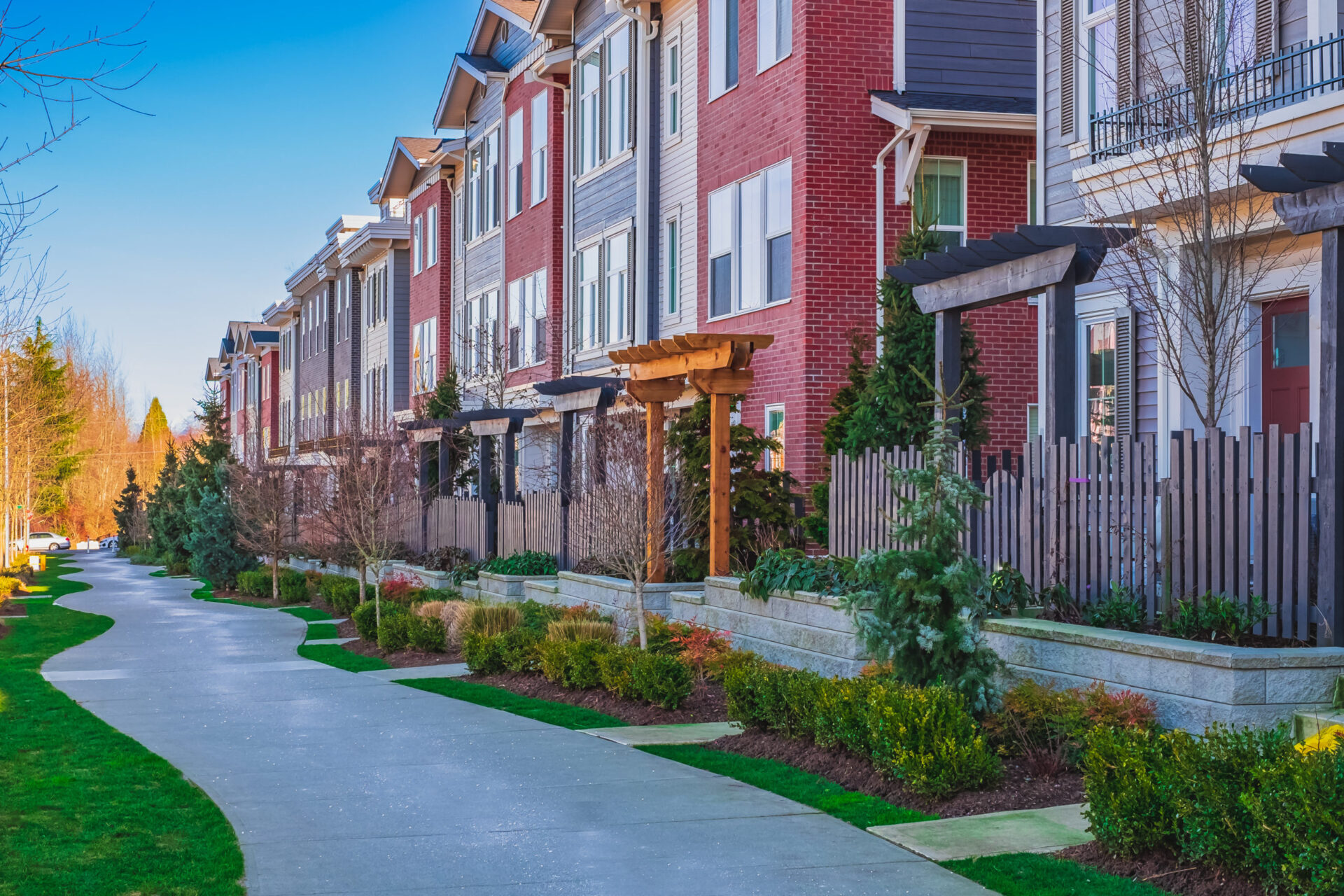Housing construction rebounded by more than expected in February, led by a surge in multifamily projects.
New U.S. home construction rose for the first time in six months, according to data from the U.S. Census Bureau. Residential starts increased by 9.8% from January to an annualized rate of 1.45 million. This greatly exceeds estimates from economists surveyed by Bloomberg, who expected a pace of 1.31 million.
Permits for new homes also increased, up by 13.8% to a rate of 1.52 million. Permits offer an indication of how many homes will be built in the coming months.
Both multifamily and single-family construction saw gains, though multifamily had the best showing with a 24% increase, the most in almost two years. Rents have soared nationwide due to a lack of units. One study found that the U.S. needs 266,000 new units each year– 4.3 million by 2035– to meet demand.
The new information is a breath of fresh air compared to last month’s gloomy report, which saw starts slide and permits tick up by only 0.1%.
Construction is still down significantly from last year, but builders may be beginning to churn out the backlog of home orders they’ve accumulated.
“Even as builders continue to deal with stubbornly high construction costs and material supply chain disruptions, they continue to report strong pent-up demand as buyers are waiting for interest rates to drop and turning more to the new home market due to a shortage of existing inventory,” said National Association of Homebuilders Chairman Alicia Huey.
“But given recent instability concerns in the banking system and volatility in interest rates, builders are highly uncertain about the near- and medium-term outlook.”
Builders reported increased confidence in the market for newly-built single-family homes in March, the third consecutive month of gains. But in the wake of Silicon Valley Bank’s meltdown and continued economic uncertainty, it’s unclear how long that optimism will last.
Though interest rates have dipped since the central bank took over SVB, NAHB Chief Economist Robert Dietz noted that affordability is also tied to construction costs.
“A follow-on effect of the pressure on regional banks, as well as continued Fed tightening, will be further constraints for acquisition, development, and construction loans for builders,” he said.
“When AD&C loan conditions are tight, lot inventory constricts and adds an additional hurdle to housing affordability.”
Follow Us On Twitter:
Mixed economic indicators released this week may stall the Federal Reserve’s plans for another round of aggressive rate hikes. https://t.co/JcqsR5M2tT
— The Mortgage Note (@TheMortgageNote) March 15, 2023
Read More Articles:
Flipping Taxes, State Requirements, Regulations Important Issues To AAPL
Rodrigo Pinto Joining Real Matters As CFO, Bill Herman Stepping Down
